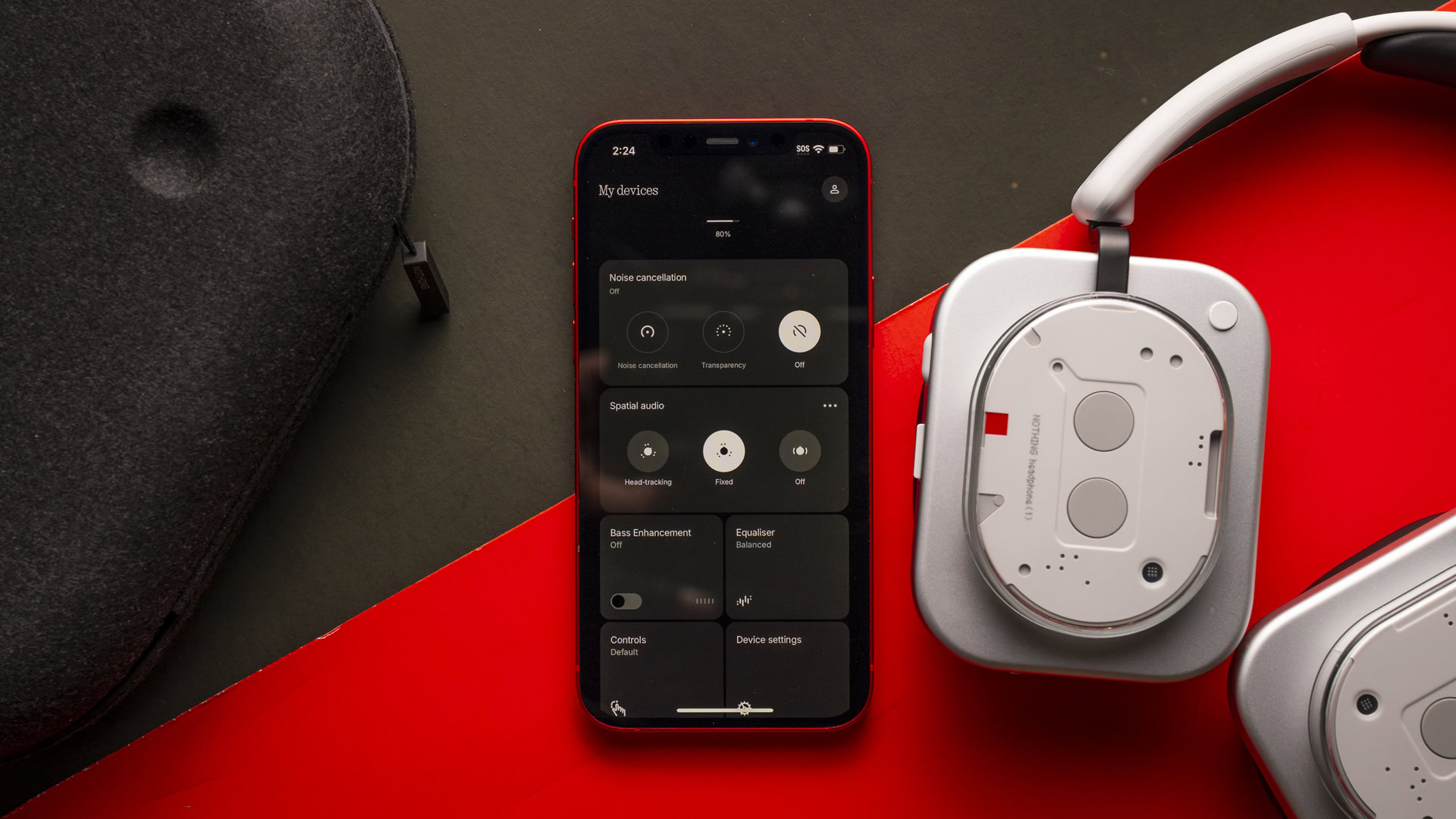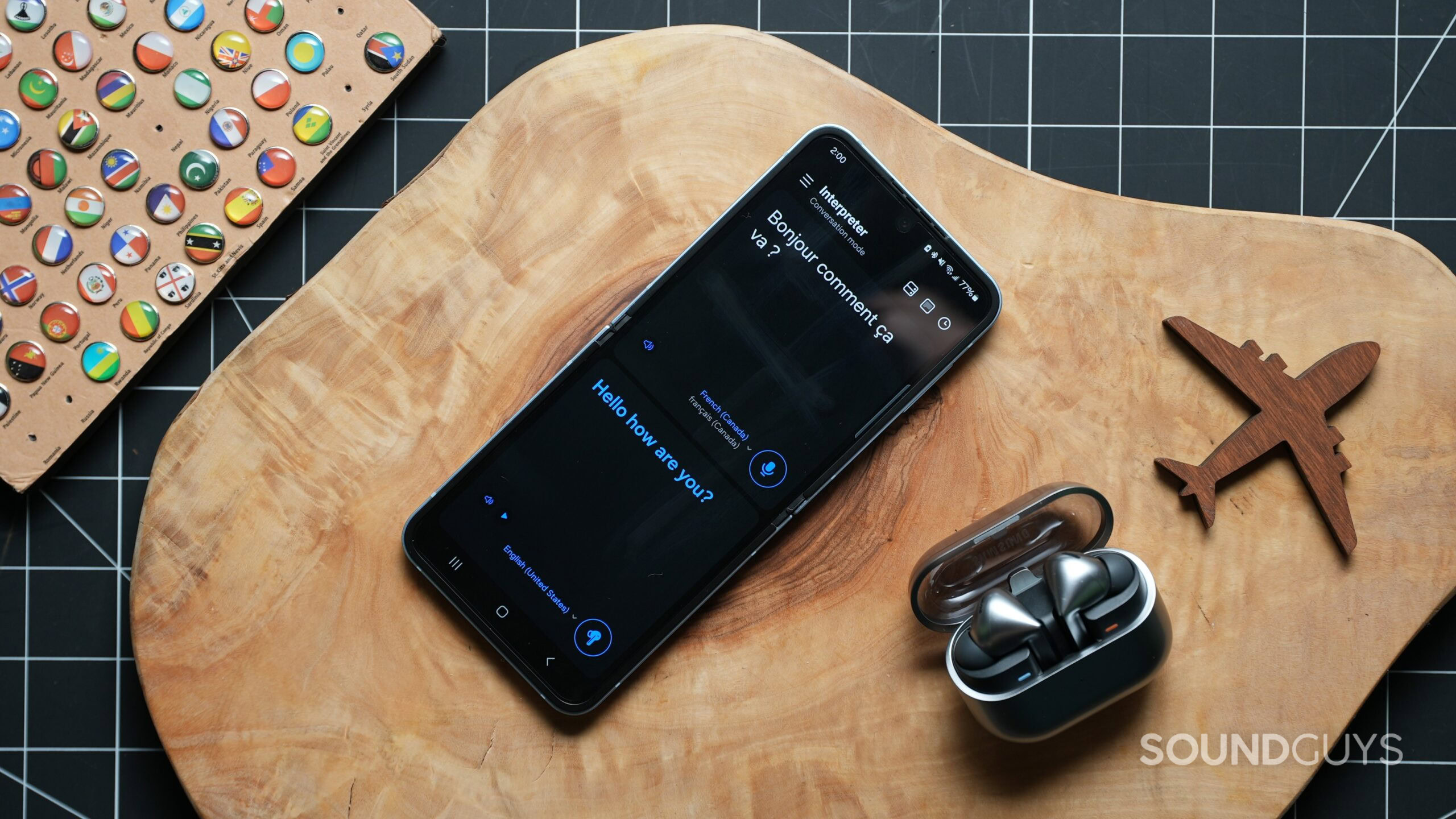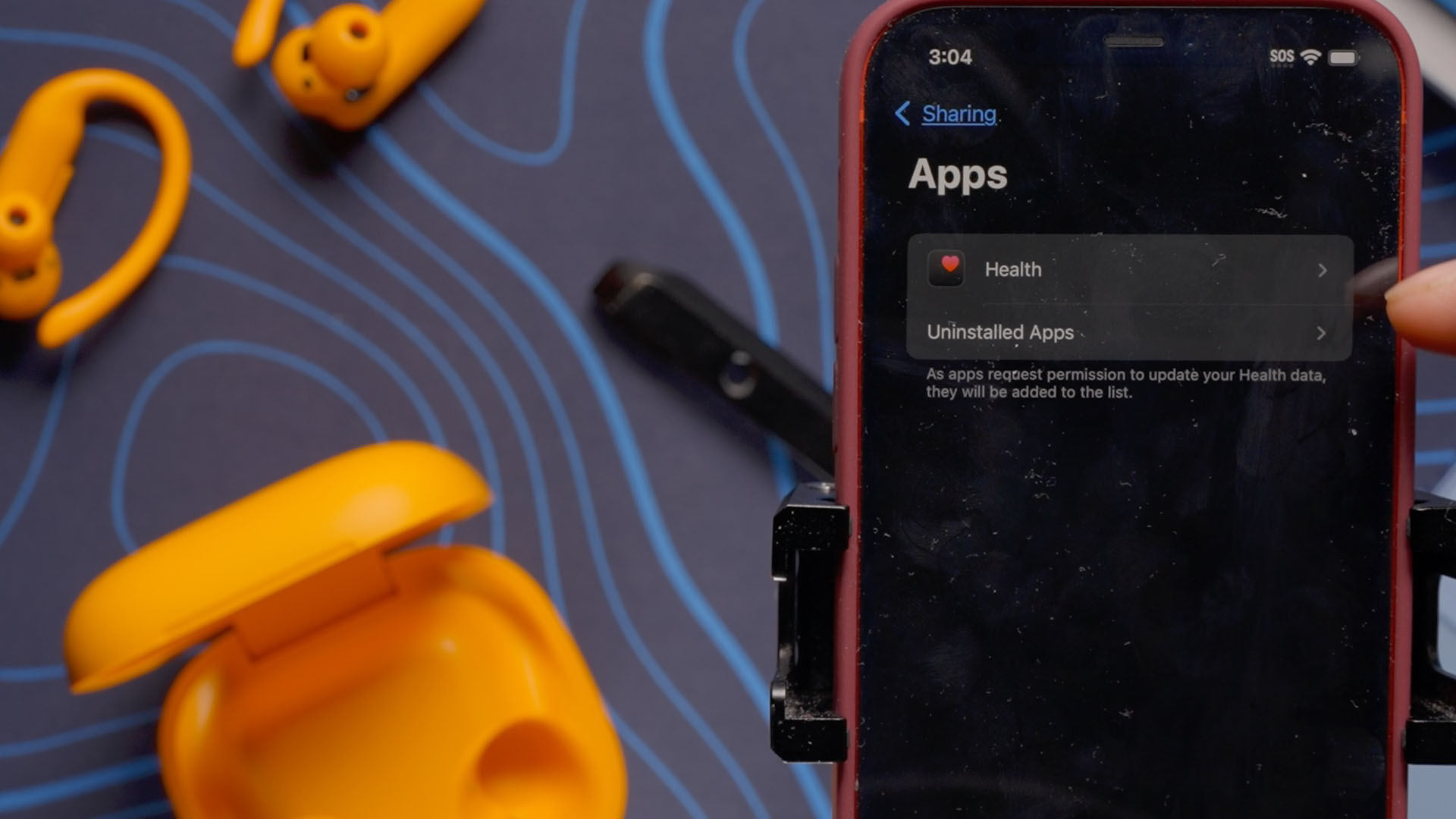All products featured are independently chosen by us. However, SoundGuys may receive a commission on orders placed through its retail links. See our ethics statement.
Phone-specific features suck. Here's why
September 11, 2025

Have you ever swapped headphone brands, only to find that you no longer have access to your smartphone’s best features? If so, you’re one of many who have fallen foul of an uncomfortable truth — more and more headphone manufacturers are blocking us from flagship features to suck us into their ecosystems. Frankly, it’s an egregious act that’s annoying, unnecessary, and shortsighted. It also runs contrary to the idea that spending large amounts on flagship headphones automatically unlocks premium features. Indeed, the stain of phone-specific features stems from the idealized market dominance of one particular headphone company.
Seeds of the walled-off Apple tree

That’s right — it all started around 2003, when Apple ditched the FireWire port for its proprietary 30-pin dock connector. Ever since, the company has been on a relentless mission to shield its best features from the masses by limiting them only to Apple products. While progress has been made in recent years to bring the company in line (thank you, European Union!), legislation has so far failed to extend to advanced software features.
For example, the AirPod Pro 2‘s battery life optimization feature is only available when paired with an iPhone. Likewise, Audio Sharing only works with specific Apple devices, AirPods, and Beats headphones. So, if you want to share audio from your smartphone to two compatible AirPods, you’d better hope your source device is an iPhone 8 or later. Otherwise, this feature is unavailable and, much to the disdain of your travel partner, you won’t be able to stream your favorite episode of The Office simultaneously on two separate devices.
If you have AirPods but no iPhone, say goodbye to Audio Sharing, Conversational Awareness, Personalised Spatial Audio, and more.
The “fun” doesn’t stop there, though. Without an iPhone, your AirPods will not automatically pair to your mobile device when you open the earbuds case. Similarly, AirPods are limited to basic noise canceling and transparency mode functions. That’s because Apple’s advanced ANC features require customization in the iOS and macOS Settings app. Subsequently, Android devices cannot use Apple’s Conversational Awareness feature or support ANC-enabled mono listening. This is a shame, as the former notices when you’re speaking and automatically attenuates background noise in real-time, which is really cool.
Personalised Spatial Audio is another feature you forego if you don’t own an iPhone running iOS 16 or later. That’s because the setup process requires that you use your iPhone’s TrueDepth camera to take photos of your face and head. The hands-free ‘Hey Siri’ voice assistant also doesn’t work without an iPhone, and you won’t be able to locate misplaced AirPods using Apple’s Find My feature on Android either. That’s not to mention the importance of having an iCloud account to synchronize feature specifications across your iOS devices. Unfortunately, the idea that exclusivity is a good thing has now spread far beyond Apple’s turf.
Proprietary features are a poisoned orchard

Take, for example, the Samsung Galaxy Buds3 Pro. While touted as the company’s most advanced offering to date, most of their features are exclusive to those with Samsung mobile devices. Fancy immersing yourself in surround sound with Samsung’s 360 audio feature? Well, tough luck — you need a Samsung Galaxy phone or tablet running One UI 3.1 or later for that. Want to remain alert to nearby alarms with Samsung’s Siren Detect function? Sorry, that requires the installation of the Galaxy Wearable app, which is unavailable on iOS devices.
What about Samsung’s oft-lauded loudness normalization feature, which automatically adjusts volume to prevent sudden jumps between loud and quiet sounds? Nope — you need a Samsung Galaxy smartphone running One UI 7 or later. The same goes for most of the Buds3 Pro’s new AI feature suite. This includes real-time live translation and adaptive EQ/ noise control, which only work on devices running One UI 6.1 or later. Seamless device switching, super wideband calls, and the Samsung Seamless Codec are all Samsung-exclusive features.
Apple, Samsung, Google, and Nothing are all guilty of pushing the phone-specific feature agenda.
While Apple and Samsung are the two biggest culprits of sealing the best earbud features behind a walled garden, the phenomenon extends to even less prevalent brands. For example, the Google Pixel Buds Pro 2 lock some features away from those without an up-to-date Pixel device. Take the company’s AI Clear Calling feature. This reduces background noise while enhancing the voice during calls. Unfortunately, it’s only available to those with a Pixel 7 or newer smartphone. Similarly, Google’s Bluetooth super wideband feature requires that your Pixel Buds Pro 2 are connected to a Pixel 8 or newer smartphone.
Even new headphones, like the Nothing Headphone (1), are trumpeting phone-specific features. For example, the cans’ multifunction button can be assigned to activate the company’s AI-powered Essential Space organization hub. This lets you capture voice notes, reminders, and fleeting thoughts without having to navigate through your phone. Unfortunately, the feature only works if you own a Nothing smartphone. Similarly, you can only use the company’s new Channel Hop feature if you have the latest Nothing Phone 3 smartphone. That’s a rough deal for those already embedded in the Nothing ecosystem.
A bite of the forbidden fruit

Hope is not all lost, though. Some headphones, such as the Beats Powerbeats Pro 2, are equally compatible with Android and iOS devices. While they lack the bells and whistles of their more premium counterparts, they have some notable pros. For example, downloading the Beats app on Android provides the same ear tip fit test found within the iOS settings menu. You also receive control customizations, toggles for noise cancellation with one earbud, and access to the widely-celebrated heart rate monitor feature. Unfortunately, the earbuds lack high-res Bluetooth codecs, and Multipoint connectivity is only available to Apple devices.
The Sony WH-1000XM6 are another stalwart choice for the OS-agnostic consumer. Thanks to the Sony Sound Connect app being available on Android and iOS, listeners can access most of the headphones’ best features regardless of their phone. For example, iPhone users can use the built-in 10-band custom EQ, automatically switch noise cancellation settings, and toggle passthrough features. There’s also widespread support for the Sony 360 Reality Audio platform and firmware updates. The last is vital for ensuring the headphones don’t miss out on bug fixes and emerging feature upgrades.
Beats, Sony, Bose, and Shure provide a sensibly OS-agnostic user experience.
Alongside Beats and Sony, Bose offers a glimmer of ubiquitous functionality. As such, its Bose QuietComfort Ultra Headphones are stellar headphones for Android and iPhone users. These work with the somewhat pedestrian Bose app to deliver a 3-band custom EQ, immersive audio, and regular firmware updates. The app also offers noise cancellation customizations. However, streaming music over the aptX Lossless Bluetooth codec requires an Android smartphone with a Qualcomm Snapdragon 888. Still, you can let the headphones adjust their tuning to your biology with the company’s CustomTune feature on Android and iOS, which is pretty neat.
The Shure AONIC 50 (Gen 2) run excellently alongside the Shure Play app. Available for Android and iOS, listeners receive a comprehensive parametric EQ with toggles for adjusting the band, frequency, gain, and bandwidth. The app also provides EQ presets, a “spatialize” mode, and a “Modify Environment Mode” to interact with your surroundings. You can also use the app’s built-in Hi-Res Music Player to stream your locally sourced music catalog. Other common features include ANC toggles, control customizations, and Bluetooth multipoint connectivity.
But what do you think? Are you tired of headphone brands reserving their best features for compatible smartphones, or are you happy putting all your eggs in one basket? Let us know in the poll and comments section below!
Are phone-specific features annoying?
Thank you for being part of our community. Read our Comment Policy before posting.